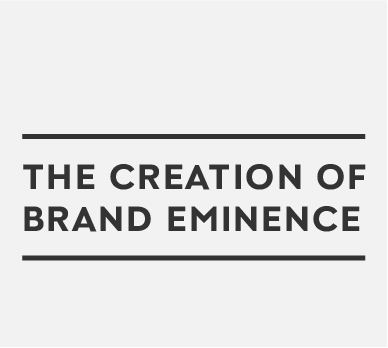

In the high-stakes battleground of startups, where pivots are routine and uncertainty looms large, a dose of Hindustan Unilever can immediately launch a company into a high-growth orbit.

If talks of HUL’s Rs 3,000-crore acquisition of Minimalist materialise, the startup will gain access to HUL’s extensive offline distribution networks, allowing it to expand its presence in tier-2 and tier-3 cities, as well as international markets. For HUL, Minimalist fills the gap of an affordable, science-focused skincare brand in its basket of beauty and personal care companies. Launched in 2020, Minimalist has so far managed to be one of the very few profitable startups. In fact, it has been in the green since FY21, and in FY24 it doubled its net profit to 10.8 crore. It has also scaled its revenue from Rs 22 crore in FY21, to Rs 350 crore in FY24. Scale is what has helped the company remain in the green, even as its expenses rose rapidly and EBITDA margins shrank over the years. Most of its products are priced between Rs 300-700. “We don’t believe a lot in terms of the pricing growth lever, instead we focus on more innovation and finding gaps which can be tapped,” co-founder & CEO Mohit Yadav had told FE during an earlier interaction. Minimalist’s quick success can be attributed to the fact that it came at the right time with the right set of ingredients. Since the Covid pandemic hit, the skincare industry has been fixated on clean and science-backed products that contain oodles of ingredients such as Niacinamide, Salicylic Acid, Vitamin C, Retinol, Hyaluronic Acid, and Alpha Arbutin, among others.
AND WHAT DOES MINIMALIST BRING TO THE TABLE FOR HUL?
At present, HUL has a host of popular consumer brands such as Dove, Pond’s, Lakme, Lux, Elle 18, Simple, Dermalogica, Love Beauty & Planet, and Pears among others. However, it still lacks a brand whose products exclusively focus on active ingredients.
While these ingredients were not entirely new to skincare, products — especially face serums that focused on high-quality active ingredients, promising higher efficacy — and transparent marketing were game-changers for the industry. Brands such as Canada-based The Ordinary quickly became cult favourites around the world.
The global market of active ingredients-focused personal care is expected to reach around $9.8 billion by the end of this decade, after growing at a CAGR of 7% during 2024-2030, as per a report by IndustryARC.
Thanks to the rising popularity of active-ingredient-focused skincare, legacy brands — read Dove and Pond’s — in HUL’s portfolio have started including active ingredients in some of their products. For instance, Dove’s new Serum Body Wash range or a new range of products from Pond’s that features the patented versatile skincare ingredient, Gluta-Niacinamide.
BUILDING FOR SCALE
Scalability is a vital consideration for startups. Lost momentum means giving an opportunity for competitors to overtake. So what are the typical hurdles for startups looking to scale?
Offline distribution is the biggest challenge D2C brands face, says Anand Ramanathan, partner, consumer products, and retail sector leader, Deloitte
India. “Offline distribution has become easier in urban markets because of quick commerce’s rapid growth in urban India, but moving beyond the metros is still a challenge. You need physical distribution and that’s capital-intensive and time-consuming,” he says.
Scale, in particular, is tough to achieve for D2C beauty brands, who are constantly trying to control their customer acquisition costs to manage their
bottom lines. Brands in this space easily spend over `100 crore a year in marketing and promotional campaigns to reach target users.
“The initial `100-300 crore can come from online advertising but beyond that, brands need to spend on mass media, which is expensive. It’s easy to quickly become a national brand in eight metros, but beyond that to sustain as a national brand is expensive,” he adds.
Most of the companies in this space — Sugar Cosmetics, mCaffeine, Wow Skin Sciences, Renee Cosmetics, Pilgrim, and even online retailer Purplle — are all in the red, as high overall expenditures continue to weigh on profitability while they push to expand their offline presence and bolster visibility.
Besides building a physical distribution network and spending to create brand awareness, D2C brands who are looking to scale would also need to start
professionalising their operations, Ramanathan adds. “They would need to follow processes and systems, and attract and retain talent, which has always been a difficult aspect of scaling a business,” he says.

















